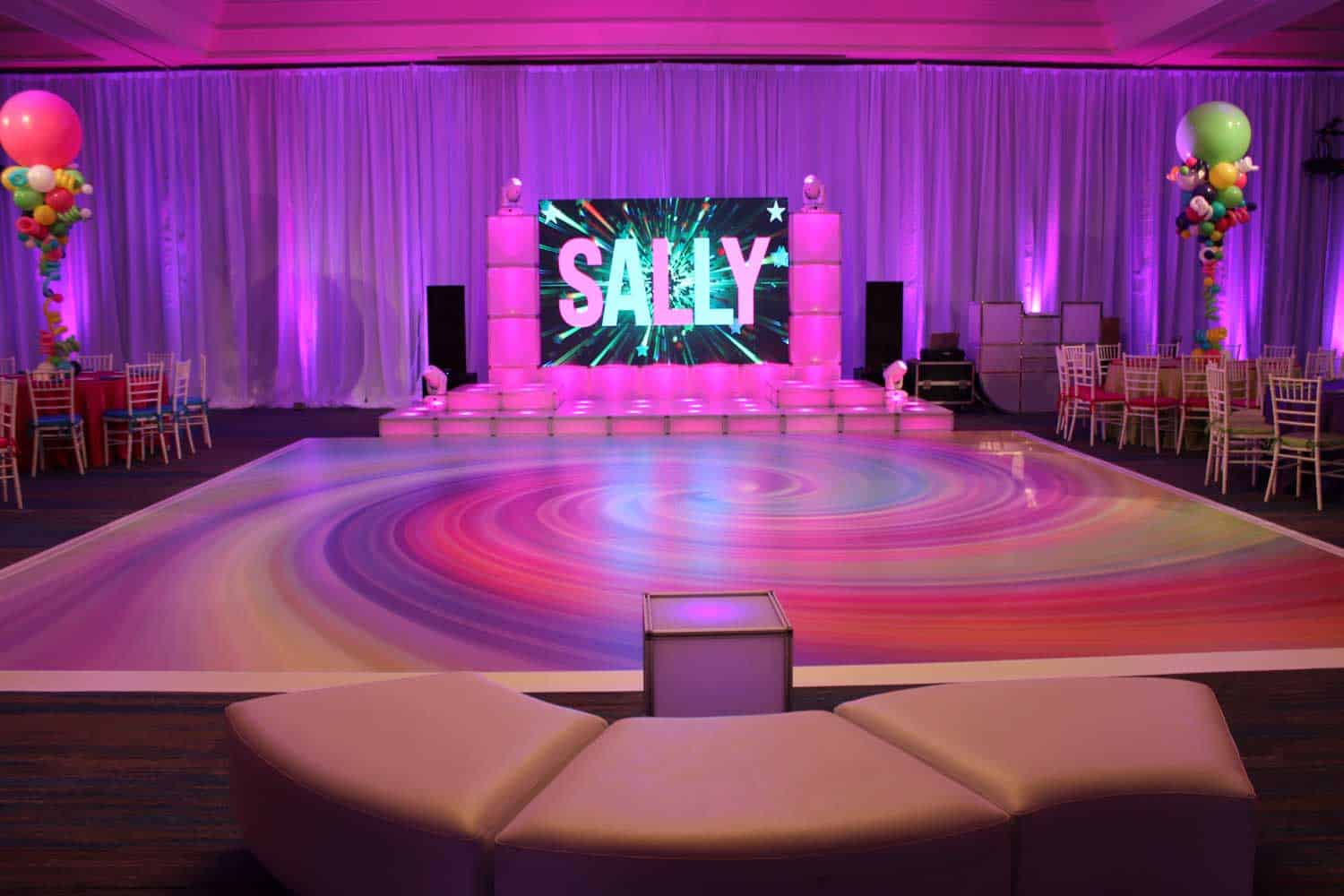The quality of the light-emitting diode components plays a significant role in hue uniformity. Various types of LEDs emit light at varying wavelengths, which can influence the total color output. High-quality LEDs are engineered to generate a more uniform light spectrum, leading in improved color accuracy. Additionally, the production method of these light-emitting diodes can impact their performance. Panels made with superior materials and techniques tend to have less color variations, ensuring that the displayed pictures and footage look vibrant and faithful to reality.

Tuning is another essential element in preserving hue consistency in LED wall panels. Calibration entails modifying the settings of the screen to make certain that the colors shown match the intended design. This procedure can consist of adjusting brightness, contrast, and hue equilibrium. Regular calibration is essential, especially in settings where lighting factors vary often. By calibrating the panels, specialists can fix any discrepancies in hue output, leading to a more consistent viewing experience.
Environmental factors also affect hue uniformity in LED wall panels. Factors such as surrounding light, heat, and humidity can influence how hues are seen. For example, bright ambient light can dull hues, making them appear less lively. Similarly, harsh temperatures can affect the functionality of the LEDs, leading to color shifts. To reduce these issues, it is essential to place LED wall screens in managed environments where illumination and temperature can be managed efficiently.
Finally, the layout and layout of the light-emitting diode wall screens can affect color consistency. The arrangement of the panels, as well as the spacing from which they are viewed, can create differences in color recognition. When panels are arranged too far apart or at different angles, viewers may notice discrepancies in hue. To obtain the additional info optimal visual performance, it is important to consider the positioning and arrangement of the screens during setup. By addressing these elements, operators can guarantee that their light-emitting diode wall screens provide a consistent and high-quality visual experience.